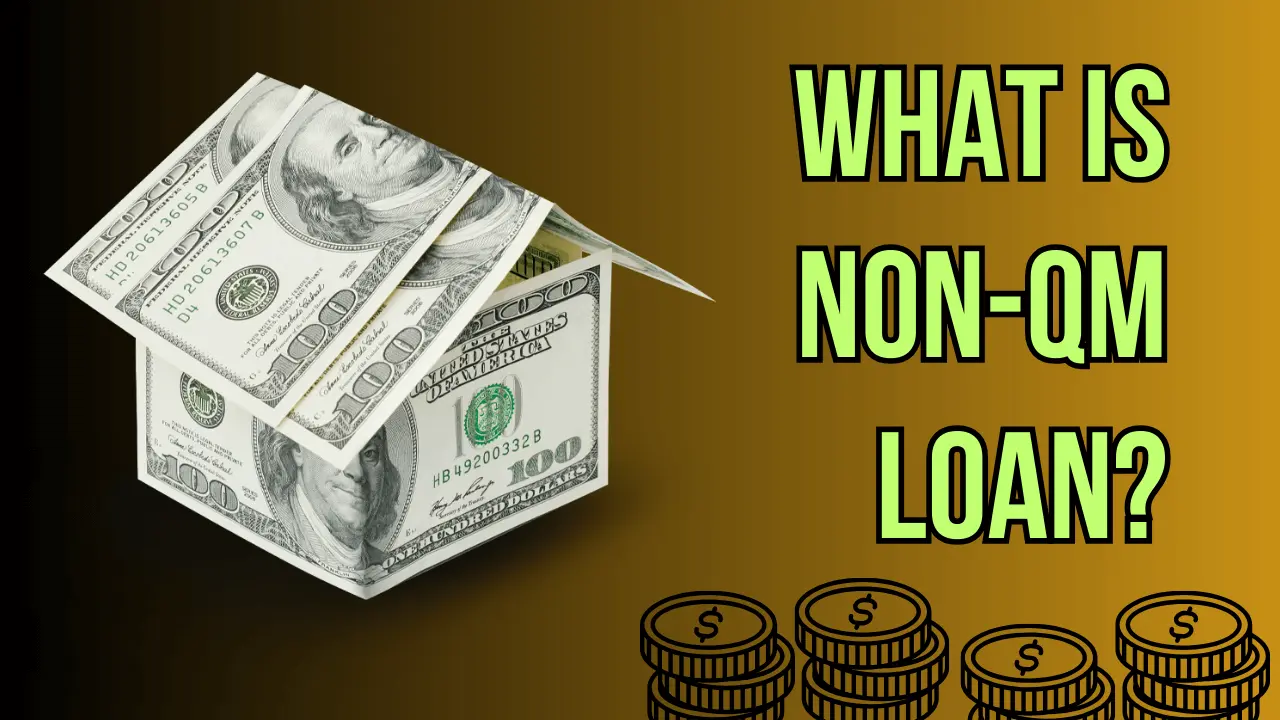Non-QM Loan
Non-QM Loan: There are many causes that somebody might be mentally prepared for a home loan. However, they quarrel to qualify. For example, a retired man from any job or company who works for themselves and does not have W-3s to check their income. The Consumer Financial Protection Bureau and loan borrowers typically use this data established Based on criteria to assess the loan borrower’s capacity to repay a “qualified loan.”
The borrowers still have options in the above-given situation. Non-qualified mortgages are also called non-QM loans. These loans are offered by some lenders to borrowers who do not meet traditional lending standards. Non-QM loan advances have their particular arrangement of rules including adaptable pay. These also have their particle credit necessities. In return, borrowers might have to make a larger upfront instalment and pay a higher loan financing cost.
Non-QM loans: Flexible Cost
Such borrowers with financial profiles that do not meet the requirements of a typical qualified mortgage are the target audience eligible for non-QM loans. A larger credit event, a high level of debt, or an inconsistent or unconventional income structure are all common causes of this phenomenon. Highlights related to these non-QM credits include:
1. Elective pay documentation for Non-QM Loans; Tax returns, bank statements, asset qualifiers, or 1099s may be used by borrowers to demonstrate their ability to repay the loan. This depends on the requirements of the lender.
2. Non Holding period after insolvency; Borrowers with a history of bankruptcy or foreclosure are eligible for non-QM loans from some lenders, allowing them to obtain a loan mortgage as soon as only one day after the event. Non Qualified home loans might require a holding up time of one to five years after liquidation, and one to seven years after a dispossession.
3. Increased debt ceilings Qualified contracts; Increased debit ceilings Qualified contracts have a high extreme relationship of debt to salary after taxes (the level of borrowers pay that goes toward month-to-month obligational instalments) of 43%. While many non-QM credits take into consideration proportions more than half.
QM Loan
4. Requirements for a larger down payment. Non-QM credit borrowers might be expected to put a base upfront instalment of 10% to 30%. In the meantime, the typical upfront instalment was 6% for first-time home purchasers and 20% for rehash purchasers in 2024, as per the Public Relationship of Real Estate Agents.
5. Higher financing costs. Interest rates on non-QM loans are typically lower than those on qualified mortgages. So While it might be simpler to meet their necessities and needs than a certified home loan. Non-qm credits are likewise a more costly procedure for getting the loan
6. There is no support from the government. Non-QM loans cannot be purchased by Fannie Mae or Freddie Mac, backed by the Department of Veterans Affairs, the United States Department of Agriculture, or the Federal Housing Administration, and they are extended from CFPB standards. As a result, the lender is taking all of the loan’s risk-taking.
Repayment terms are interest-only
In answer to foreclosures brought on by the 2007-8 economic crisis, the Consumer Financial Protection Bureau established the criteria for qualified mortgages to ease the hardships of normal life. In this case, credits are being given to borrowers who couldn’t stand to pay them. This loan is made for the needy to meet financial and domestic problems. The repayment process may be interest only. This program of loan is not interest-free.
Some borrowers might come intrigued by just smaller instalments since they are more affordable, however, bigger instalments will ultimately come due. What’s more, a borrower may be developing value while making interest-only instalments because the credit’s chief equilibrium may be changed.
Borrowers who consider loan
The necessities related to contracts are here to improve the probability that the borrower can remain current on their instalments. A non-QM credit might be ideal for you if you are sure that you can bring on the expected upfront instalment and month-to-month sum due.
- You are not to provide the required income documentation for a qualified mortgage because you are a contractor, repayer, self-employed, retired, or in another circumstance.
- You have recently experienced a significant credit event, such as bankruptcy or foreclosure.
- You’re a landowner and you need to invest the income from your different properties to meet all requirements for a home.
- Over 45% of your pay goes toward repaying your month-to-month obligations.
Eligibility for Non-QM loans
Non-QM loans are not for everyone, especially if you can’t afford money or pay a higher interest rate. A qualified mortgage is still available to you if you are a nontraditional borrower. Following is the eligibility criteria for the Non-QM
- With three years of individual (and sometimes business) tax returns, self-employed borrowers may be eligible for a qualified mortgage, according to Fannie Mae guidelines.
- Your debt-to-income ratio can be upgraded by paying off existing debt or refinancing at a lower rate, which can help you meet lender requirements.

